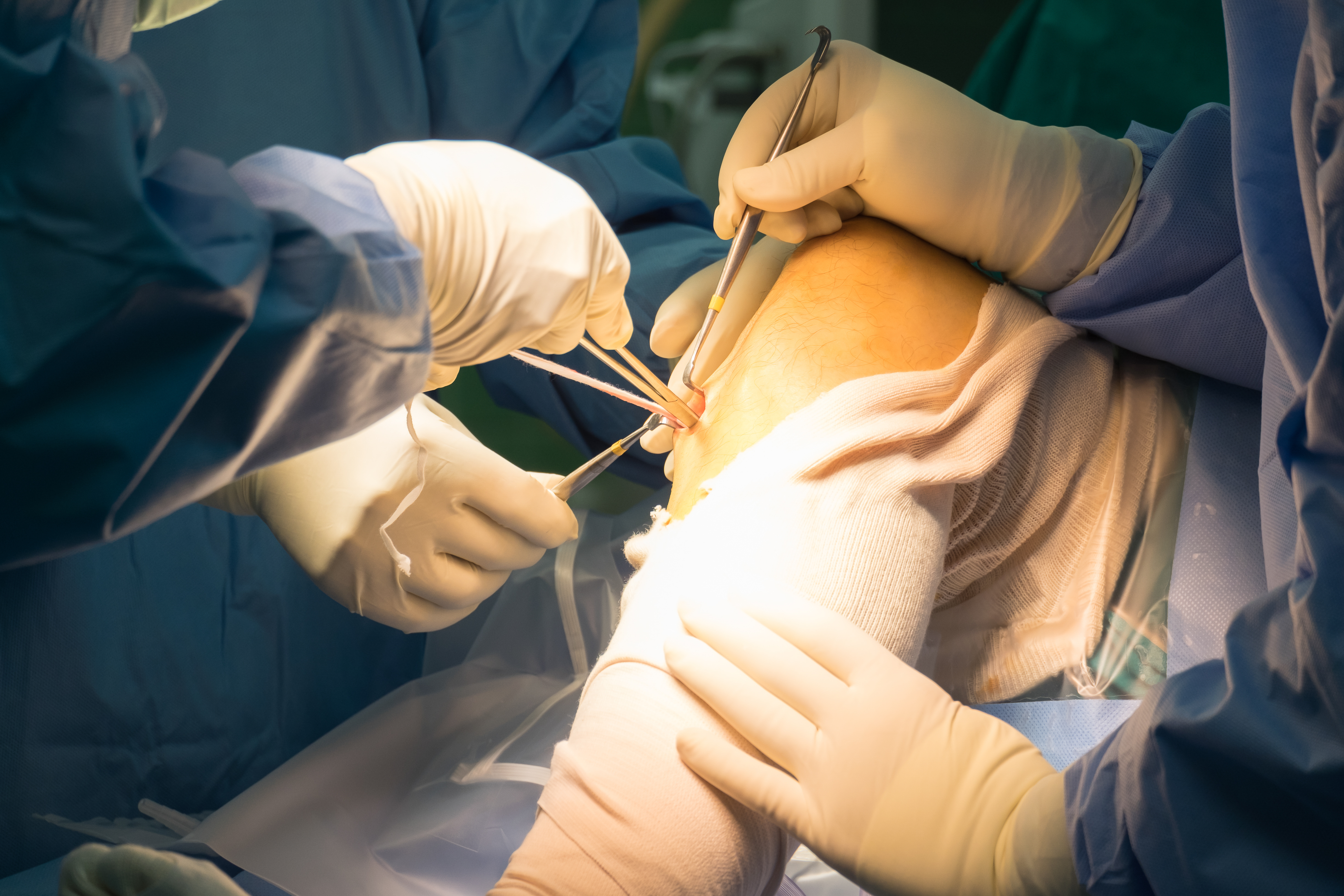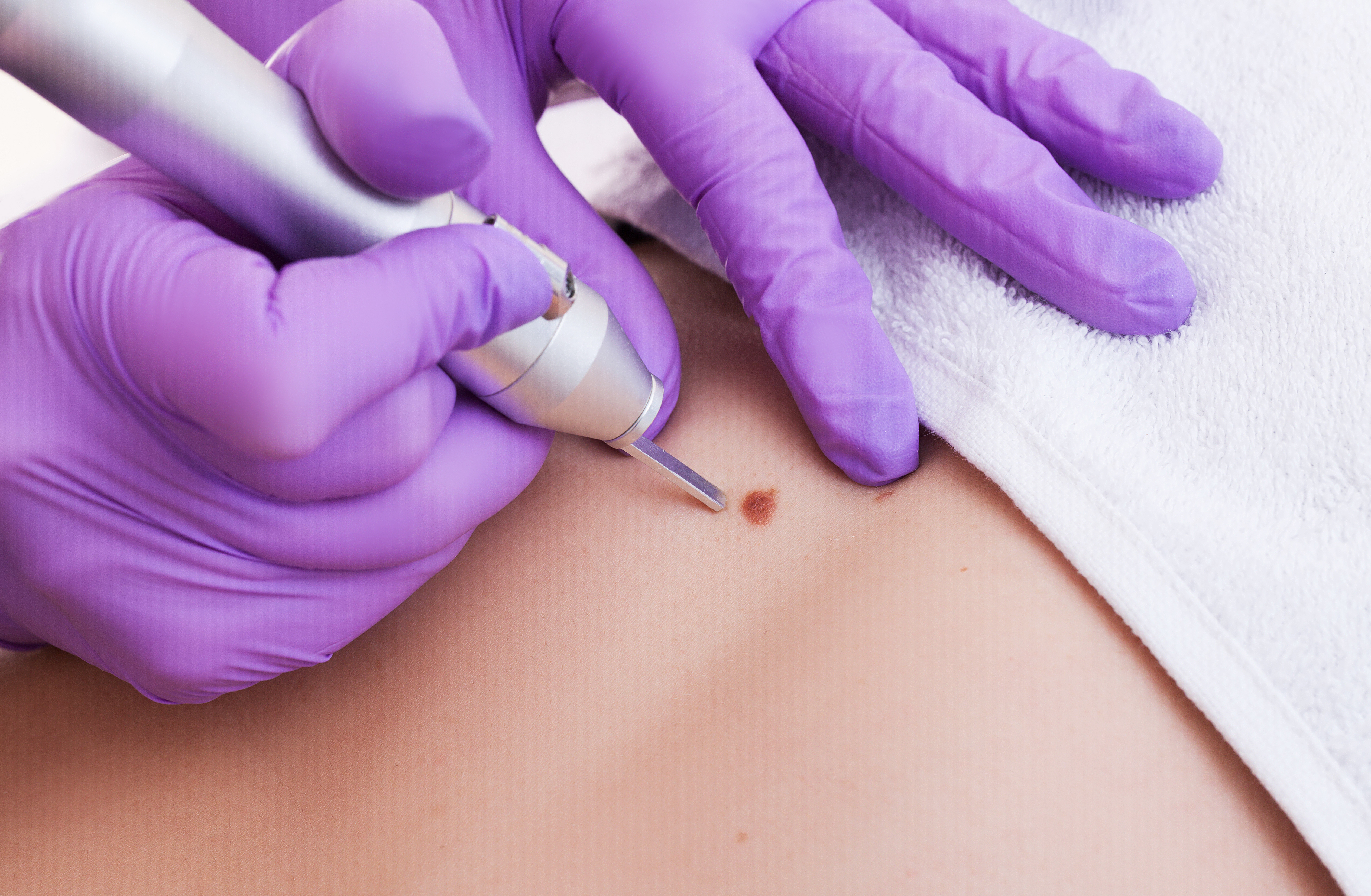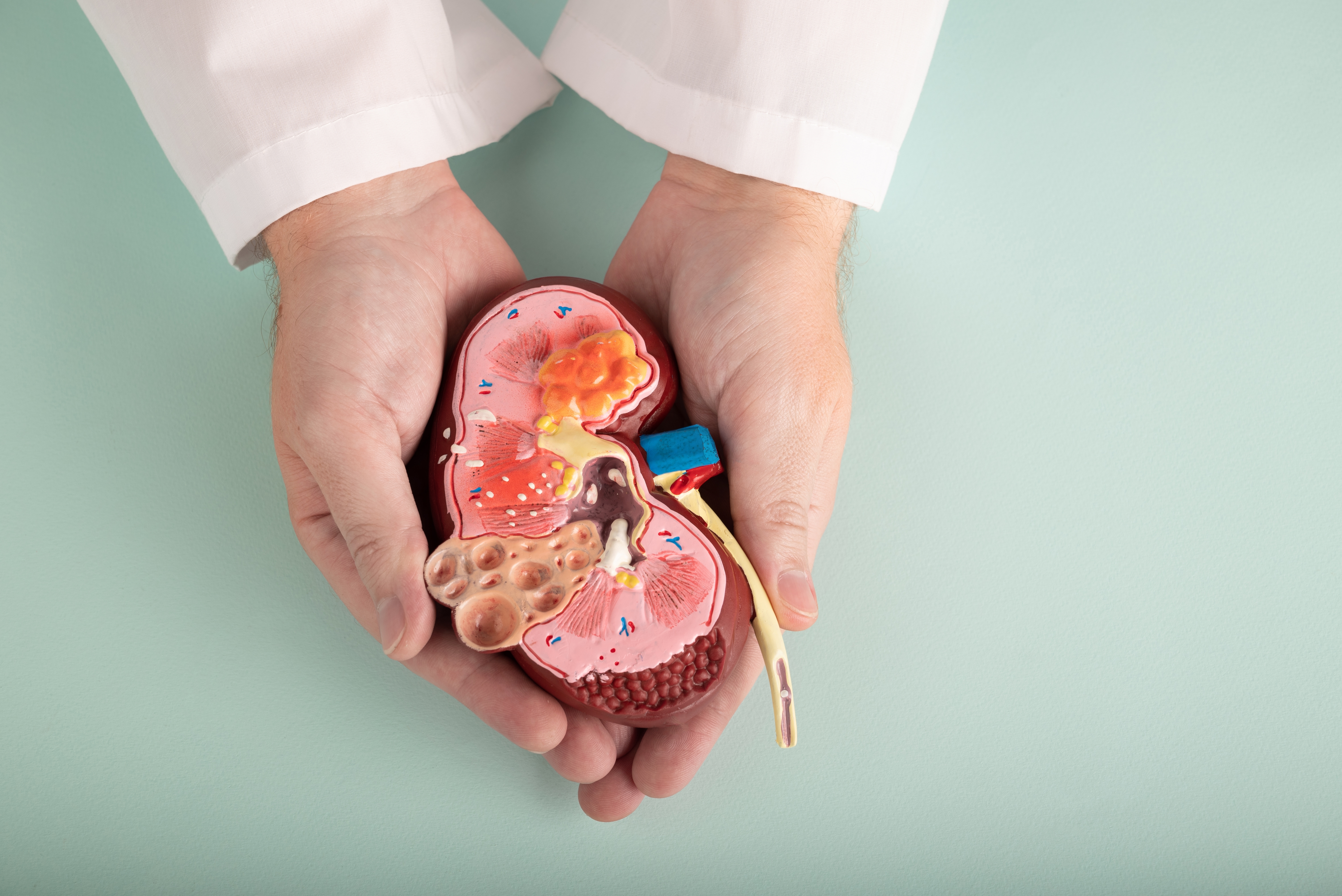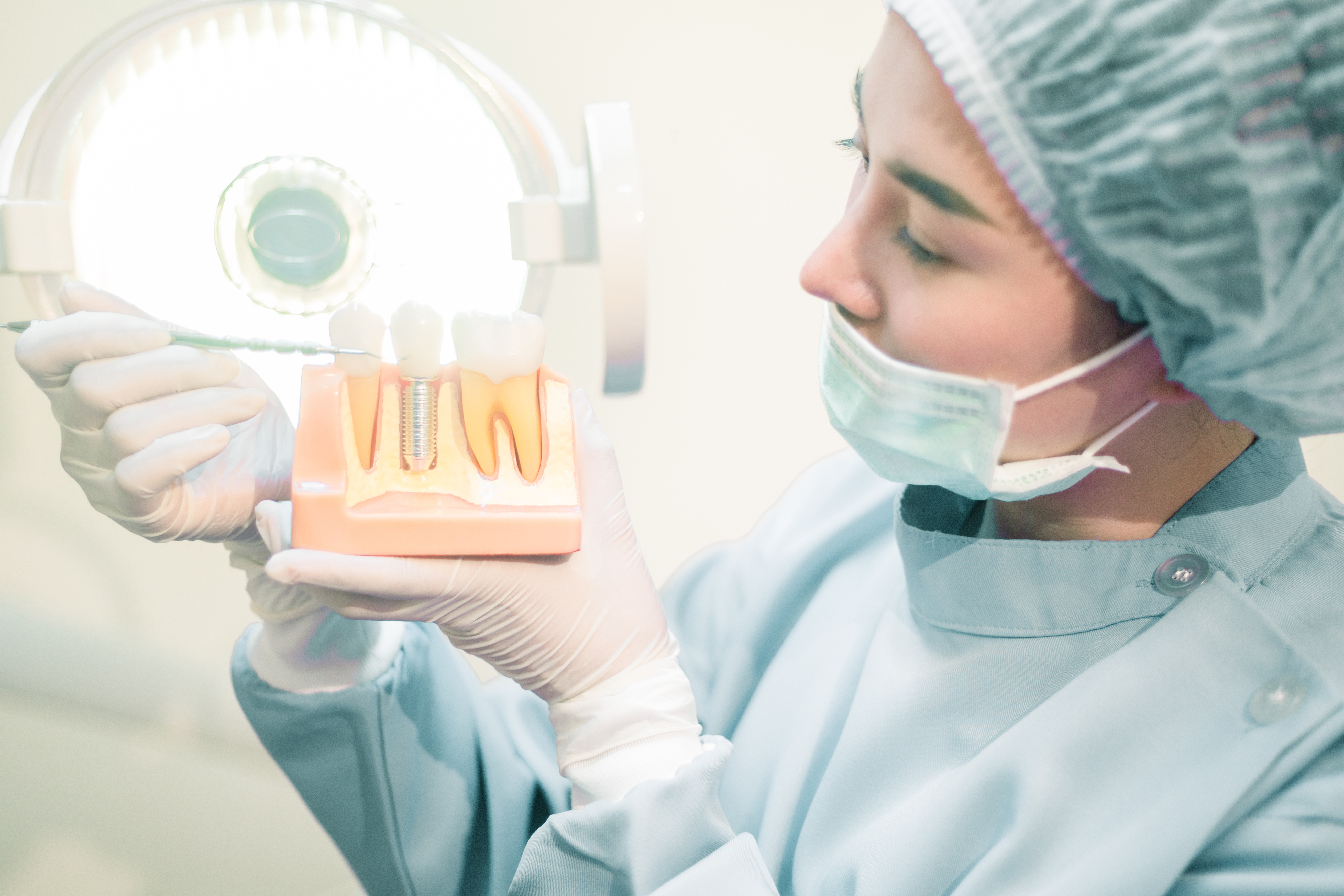
ACL Reconstruction Surgery: Procedure, Risks, Aftercare, and Cost
Anterior Cruciate Ligament (ACL) surgery is a crucial procedure sought by individuals aiming to regain stability and function in their knees after experiencing significant ligament damage. Whether it's due to sports injuries, accidents, or other traumas, a torn ACL can severely impact one's mobility and quality of life.
ACL reconstruction surgery offers hope for patients looking to return to their active lifestyles with confidence. In this article, we will explore the ins and outs of ACL reconstruction surgery, including its purpose, process, recovery, and potential benefits for those considering this procedure.
What is ACL Reconstruction Surgery?
ACL surgery, or Anterior Cruciate Ligament surgery, is a medical procedure to repair or reconstruct a torn or damaged ACL in the knee.
The ACL is one of the major ligaments that connect the femur (thigh bone) to the tibia (shin bone) within the knee joint, and it plays a crucial role in providing stability and preventing excessive or abnormal movements of the knee.
What’s The Purpose of ACL Reconstruction Surgery?
The purpose of ACL reconstruction surgery is to:
- Restoring knee stability.
- Reducing the risk of repeated injury.
- Reducing pain and discomfort.
- Restoring functional and quality of life.
These goals may vary depending on the patient's specific condition, severity of injury, and desired recovery goals.
It is important to consult with an orthopedic specialist to determine the goals that best suit individual needs and plan appropriate treatment.
Who Will Need ACL Reconstruction Surgery?
ACL reconstruction surgery is usually recommended for individuals who are active in physical activities or sports, such as an athlete. This is especially for sports that require good knee stability, like football, basketball, skiing, or other sports that involve sudden movements or quick changes in direction.
Apart from that, ACL reconstruction surgery is also intended for individuals with ACL damage related to injury of other knee structures, such as cartilage, other ligaments, or meniscus.
What Happens Before ACL Reconstruction Surgery?
Before undergoing ACL reconstruction surgery, you need to consult with an orthopedic specialist to carry out a series of physical examinations, evaluate their medical history, and carry out imaging tests such as an MRI to determine the severity of the injury and the condition of the knee.
The doctor will ask the patient to undergo several weeks of physical therapy. Generally, surgery may be scheduled 3-6 weeks after the injury occurs. This allows the inflammation in the area to subside and allows time for physical therapy sessions so the knee can move properly.
In addition, the doctor may provide instructions regarding stopping the use of certain medications or health supplements before surgery. These include nonsteroidal anti-inflammatory drugs (NSAIDs), blood thinners, and herbal supplements that can affect the bleeding and recovery process.
Follow the directions and instructions given by the doctor carefully. This may include not eating or drinking before surgery, wearing comfortable clothing, and other preparations as instructed.
Discuss with your doctor or physiotherapist about your post-operative recovery plan, including the physiotherapy program and exercises needed to speed up the recovery process and strengthen the knee.
ACL Reconstruction Surgery Procedure
ACL reconstruction surgery is an outpatient procedure, so patients can go home the same day after the procedure.
The procedure is performed by a surgeon by removing the damaged ligament and replacing it with muscle taken from another part of the knee or from a deceased donor.
Before that, the patient will be given anesthesia. Anesthesia can be a general anesthetic that puts the patient completely asleep or a local anesthetic that simply numbs the area of the body being operated on.
ACL reconstruction surgery is a minimally invasive surgical procedure that is performed by making a small incision to insert an arthroscope. An arthroscope is a tool in the form of a small tube equipped with a camera and light that functions to capture images of joints and display them on a monitor screen.
The doctor will evaluate the level of ligament damage and the condition of the knee as a whole. Based on this evaluation, the doctor will decide whether direct repair or reconstruction of the ACL ligament is necessary.
In an immediate repair, the damaged ligament is stitched back together to repair the damage. In reconstructive surgery, the damaged ligament will be replaced with a tendon graft from another part of the body, such as the patellar tendon or hamstring tendon.
If performing reconstruction, the doctor will make an additional incision in the selected area to take the tendon graft. This tendon graft will be positioned and tied to the thigh bone (femur) and shin bone (tibia) to replace the damaged ACL ligament.
Once the ACL repair or reconstruction is complete, the incision will be closed with sutures, and post-operative care will be carried out, such as the placement of a bandage or knee brace, as well as instructions for further care and rehabilitation.
How Long Does ACL Reconstruction Surgery Process?
The duration of ACL reconstruction surgery can vary for each individual. The case depends on several factors, including the severity of the injury, the type of surgery performed, and other individual factors. In general, ACL reconstruction surgery usually takes about 1 to 2 hours.
Simple ACLreconstruction surgery involving direct repair of the damaged ligament may take less time, usually about 1 hour or less.
However, if the surgery involves reconstruction of the ACL ligament using a tendon graft, the procedure may take longer, usually around 1.5 to 2 hours or more, depending on the complexity of the procedure and the preparation required.
Risks of ACL Reconstruction Surgery
Like any medical procedure in general, the risk of side effects from ACL reconstruction surgery can still occur. The following are some possible side effects of the surgery are:
- Knee pain.
- Swelling.
- Disappeared movement or stiffness in the knee.
- Infection.
- Bleeding and blood clots.
How Much Does ACL Reconstruction Surgery Costs in Indonesia?
The cost of ACL reconstruction surgery in Indonesia depends on the patient's condition and the level of complexity experienced. The estimated average in Indonesia costs from IDR 4.000.000 to more than IDR 100.000.000.
At Bali International Hospital, The Sanur, we believe that wellness is unrivaled in healing your body, mind, and soul. Hence, as one of the centers of excellence, our hospital is committed to prioritizing your health by offering comprehensive assessments and treatments.
Our services include preventive care, early detection, diagnostics, and treatment of a wide range of orthopedic problems with unparalleled expertise and cutting-edge medical technology right in the heart of Bali.
Enjoy the most excellent experience in medicine. Find out the details of this medical process and schedule a consultation so that you may schedule high-quality care that suits your needs.
References:
and, P. (2021). ACL Reconstruction Surgery: Procedure and Recovery | HSS. Hospital for Special Surgery. https://www.hss.edu/condition-list_acl-surgery.asp#how
ACL Reconstruction Animation - OrthoInfo -AAOS. (2014). Aaos.org. https://orthoinfo.aaos.org/en/treatment/acl-reconstruction-animation/
NHS Choices. (2024). Overview - Knee ligament surgery. https://www.nhs.uk/conditions/knee-ligament-surgery/
ACL Surgery. (2024, March 18). Yale Medicine; Yale Medicine. https://www.yalemedicine.org/conditions/acl-surgery
Related Articles

Mole surgery is a safe procedure with a relatively high success rate. What preparations are needed ...

Kidney stones (nephrolithiasis) are hard objects formed from chemicals in the kidneys. Once formed, the stone ...

Dental implants can be an excellent solution for replacing damaged or lost adult teeth. Before deciding ...

